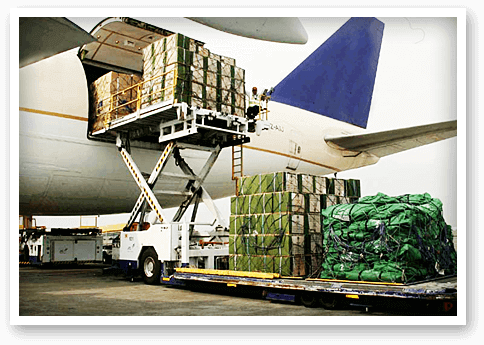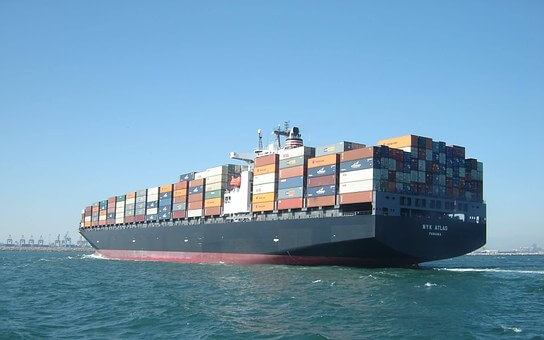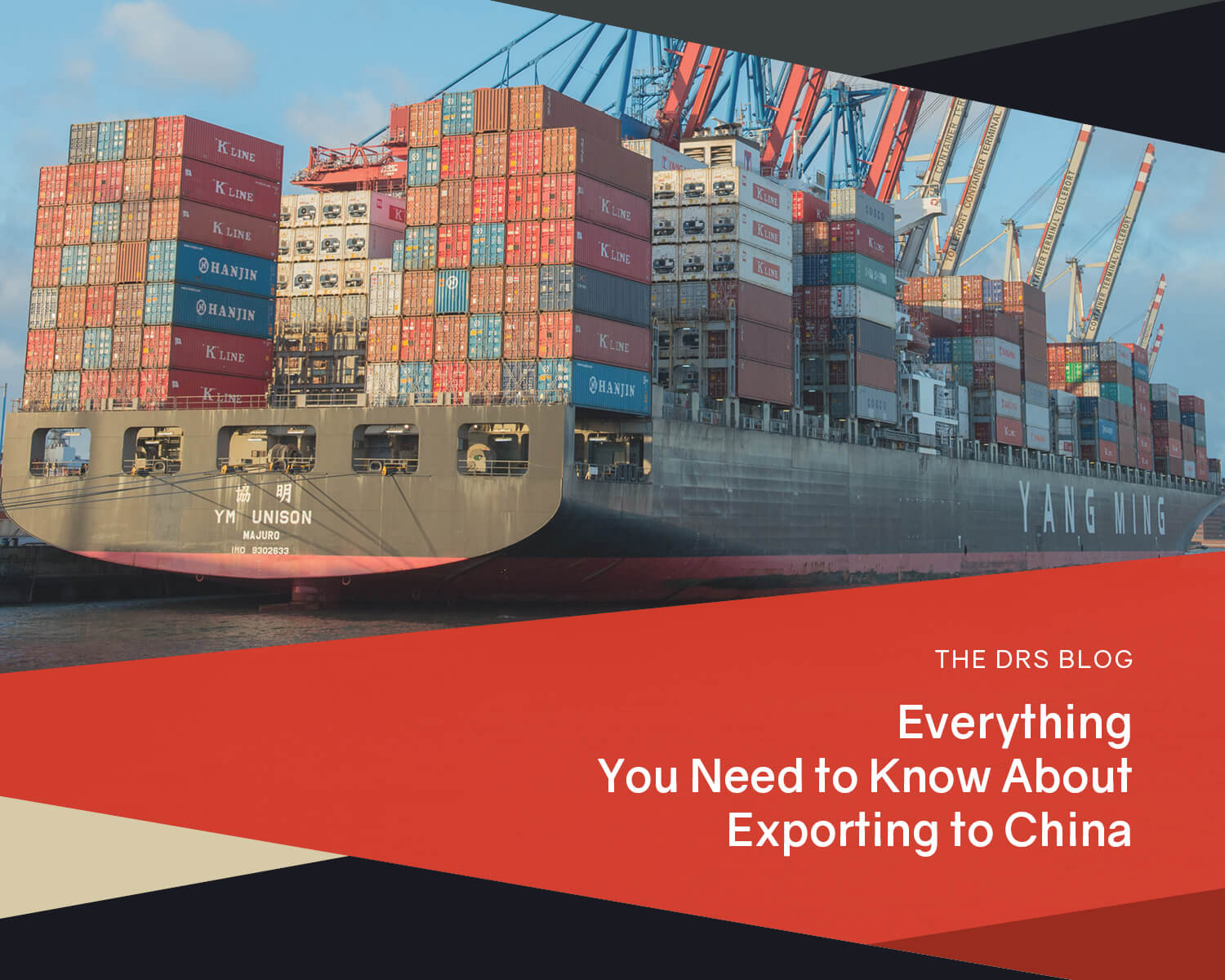What happens when you finish growing your brand in your local market, and you decide you’re ready for something new? You export into new markets. A service that helps you to export to China can give you access to one of the most lucrative spaces in the world for Australian food companies.
Chinese consumers see Australia as a source of high-quality, safe food products. This means that if you launch your export strategy carefully, you could access thousands of new potential customers. The only question is, how do you make sure that you’re approaching the Chinese market from the right angle?

1. Exporting to China Comes with Specific Rules
At Dynamic Retail Solutions, we can help to guide you through the exportation process, but it’s worth doing your own research too. For instance, China has a specific selection of unique laws that you’ll need to know before you launch your export strategy. Anything you send to China will need to pass “CIQ” tests. CIQ refers to the Chinese Inspection and Quarantine standards. To pass these tests, you’ll need:
- To follow regulations regarding the safe exportation of food items.
- To include information about your product on the packaging, including expiry dates and ingredients
- To ensure that your products achieve the highest standards of quality.

2. The Chinese Market Is Different
While the Chinese food and beverage markets have a lot to offer Australian companies, it’s important to remember that it’s very different. You’ll need to appeal to different preferences and expectations when you start creating your Chinese food product. For instance, many Chinese customers prefer “grab and go” items in smaller quantities, compared to Australian customers who might prefer to buy items in bulk.
A good way to make sure that both your product and your packaging is well-designed for the Chinese market is to a host an International Buying Showcase. During these showcase sessions, you can demonstrate your product to potential buyers and get their feedback.
3. Food Products May Require Additional Documentation
One of the most complicated parts of exporting food products to China, is getting the documentation right. All products headed to China need to be accompanied by specific documents. For instance, you might have to include health certificates that prove your products are safe to consume.
All imported food in China is subject to strict labelling laws. Your items will undergo a thorough inspection by the Customs authority before they’re allowed into the country. Make sure that your packaging includes:
- The product name and brand
- Ingredients list
- Volume or weight
- Date of production
- Country of origin
- Producer information
- Expiry date
- Type of Product
4. Flavour Is Essential to Chinese Products
As mentioned above, the food preferences in China can differ significantly compared to the foods that we enjoy here in Australia. Chinese consumers generally prefer sweet foods and confectionary over savory products. This means that you might want to re-think your strategy if you’re taking something savory or spicy overseas.
Additionally, a lot of Chinese consumers struggle with dental problems, which means they prefer soft foods to anything that’s hard or chewy. Think carefully about the market you’ll be selling into before you start your export to China plan.
5. You’ll Need the Right Team
Ultimately, as with any business development plan, the right Chinese exportation strategy requires the support of a knowledgeable team. Dynamic Retail Solutions has helped countless companies throughout Australia export their products to Asian companies. We can help you to create powerful relationships with potential retailers before you ship your first lot of products over.
To start building your exportation strategy, contact Jeff directly on 0411 243 244.

